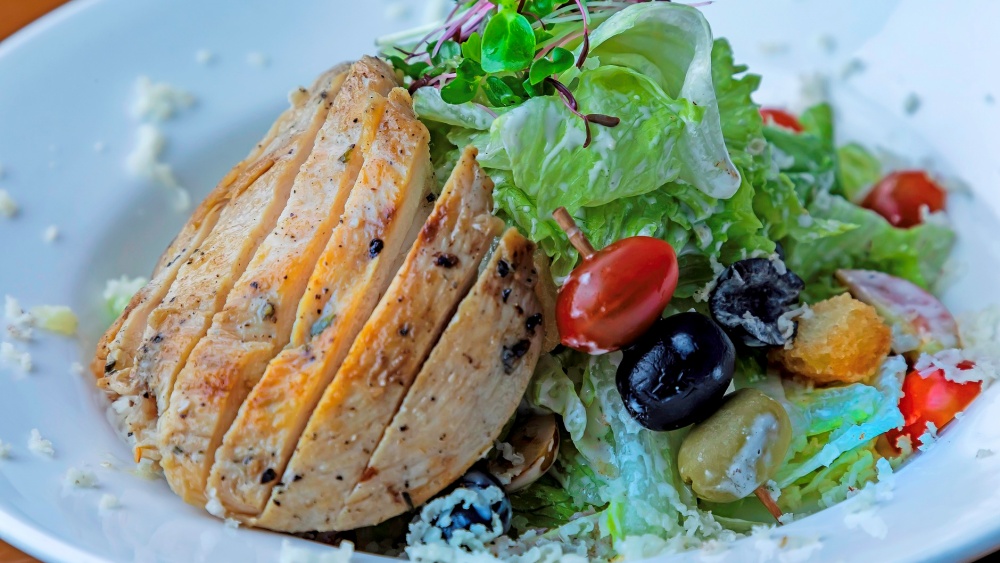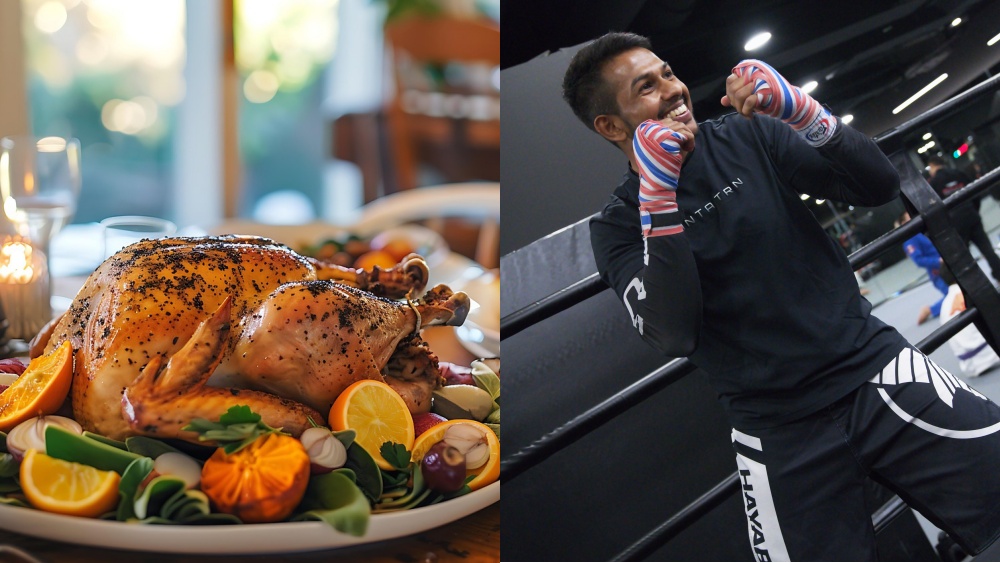Mixed martial artists regularly go through intensive training sessions, but they also need to maintain healthy body compositions since divisions in the sport are restricted by weight. That means MMA fighters need to take their diets seriously to ensure they have enough energy for their workouts and all the nutrients their bodies need to recover from hard training sessions.
That’s where salads come in. Salads are an excellent way to replenish energy stores after a hard training session, without consuming too many calories.
Creating A Healthy, Tasty Salad For Mixed Martial Arts Fighters
The trick to making a healthy salad for MMA fighters and other combat sports athletes is to top the greens with high-protein ingredients, healthy fats, and carbs. When done correctly, a salad can fuel your next workout, tame your hunger, and provide all the antioxidants, minerals, and vitamins your body needs for speedy recovery after intense training sessions.
Many people aren’t huge fans of salads, but that’s typically because they don’t know how to make salads they enjoy. The key to making tasty salads you look forward to eating is adding lots of ingredients that you love. Keep that in mind as you follow the steps listed below to help you make a healthy salad to complement your training.
Let’s take a detailed look at the main building blocks that make up a salad:
1) The Base
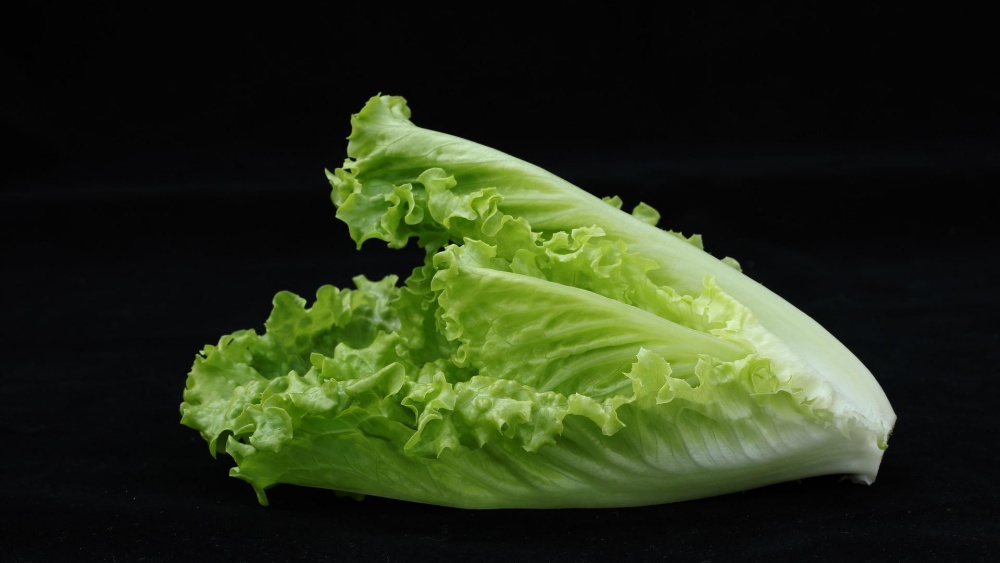
A salad’s base should consist mostly of green leafy vegetables like kale, romaine lettuce, or spinach. Spinach, in particular, is an excellent base for an athlete’s salad since it contains one gram of carbs, three grams of protein, and a single calorie per cup.
Spinach is also rich in vitamins K and A, which help to strengthen muscles and bones.
2) Vegetables
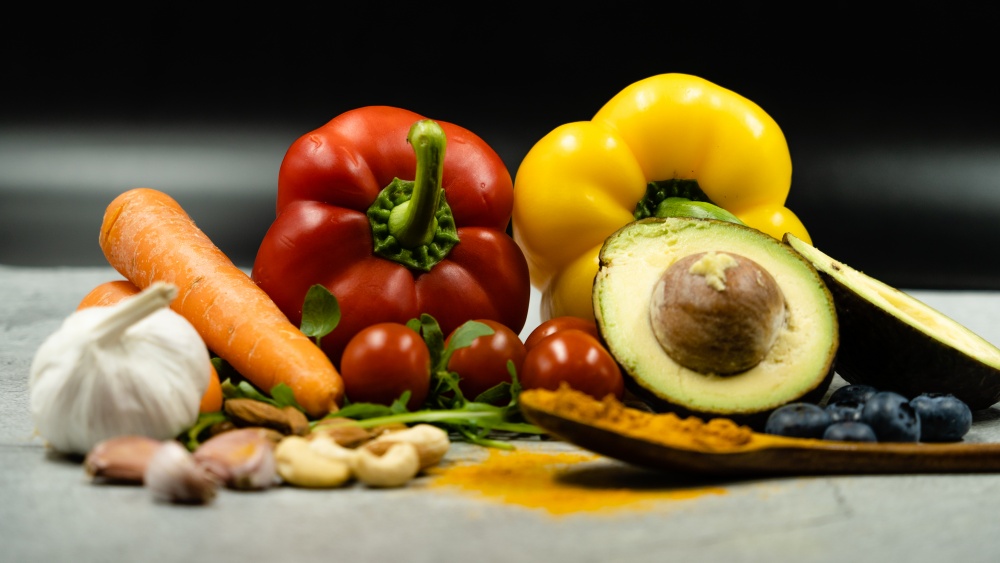
Once you’ve figured out what your base will be, it’s time to add some fresh vegetables to your salad like broccoli, red bell peppers, sweet potatoes, and carrots. Many vegetables are rich in potassium, phosphorus, magnesium, calcium, and vitamins A, B, and C. Carrots contain beta carotene which helps to protect your eyesight.
Prioritize fresh vegetables and try to avoid canned vegetables that contain additives.
| Ingredients per ½ cup | Calories | Carbohydrates (g) | Protein (g) | Fats (g) |
| Sweet potatoes | 57 | 13.38 | 1.04 | .03 |
| Broccoli | 26 | 3.02 | 1.28 | 0.17 |
| Carrots | 26 | 6.15 | 0.6 | 0 |
3) Beans
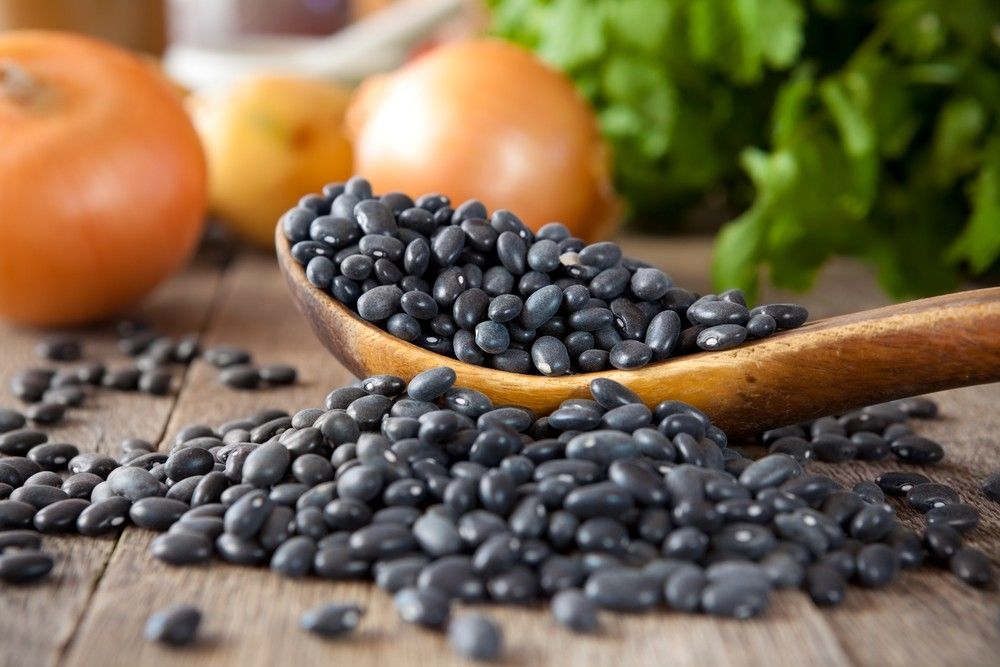
Add some beans like soybeans, red kidney beans, and chickpeas to your salad to ensure your body has all the protein it needs to recover from your workouts. Most types of beans are excellent sources of plant-based protein, and chickpeas are rich in carbs and fiber. Feel free to add more than one type of bean to your salad if you so desire.
| Ingredients per ½ cup | Calories | Carbohydrates (g) | Protein (g) | Fats (g) |
| Kidney beans | 109 | 19.96 | 6.72 | 0.44 |
| Chickpeas | 143 | 27.14 | 5.94 | 1.37 |
4) Nuts And Seeds
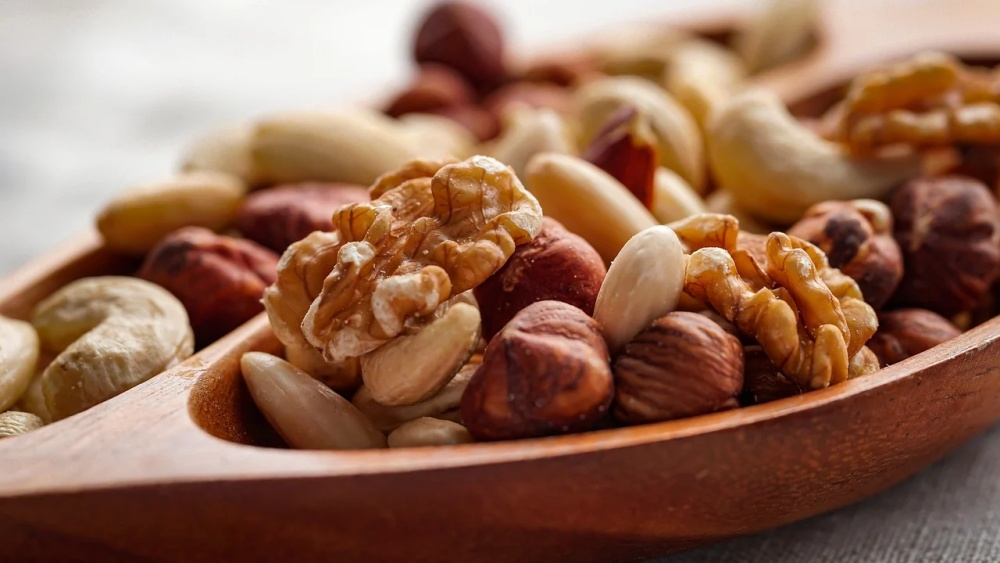
You can add some extra micronutrients like sodium, potassium, phosphorus, magnesium, calcium, vitamin B, and vitamin E to your diet by adding seeds and nuts. Examples of healthy nuts and seeds you can add to your salad include pecans, almonds, walnuts, pumpkin seeds, and sunflower seeds.
Many nuts are also excellent sources of fiber and protein, giving your muscles what they need to repair themselves after hard workouts and making you feel fuller for longer periods.
| Ingredients | Calories | Carbohydrates (g) | Protein (g) | Fat (g) |
| Almonds per ¼ cup | 207 | 7.06 | 7.6 | 18.1 |
| Walnuts per ¼ cup | 196 | 4.11 | 4.57 | 19.56 |
| Sunflower seeds (per teaspoon) | 47 | 2 | 1.5 | 4 |
5) Fruits

Fruits should also make up a decent portion of your salads. You can use fresh fruits like strawberries, bananas, avocados, or apples to satisfy your sweet tooth while your immune system gets a boost from the antioxidants in them. You can also use dried fruits like apricots, dates, or raisins.
Raisins are great for post-workout meals since they contain potassium, sugars, and complex carbohydrates. Avocadoes are loaded with healthy fats and provide omega-3 fatty acids.
| Ingredients | Calories | Carbohydrates (g) | Protein (g) | Fat (g) |
| Raisins per ¼ cup | 108 | 28.7 | 1.11 | 0.17 |
| Dates per ¼ cup | 125 | 7.6 | 0.14 | 017 |
| Apples per ½ cup | 29 | 7.6 | 0.14 | 0 |
| Bananas per ½ cup | 67 | 17.13 | 0.88 | 0.25 |
| Strawberries per ½ cup | 24 | 5.84 | 0.51 | 0.23 |
| Avocado per ½ cup | 120 | 6.4 | 1.5 | 11 |
6) Meat And Fish
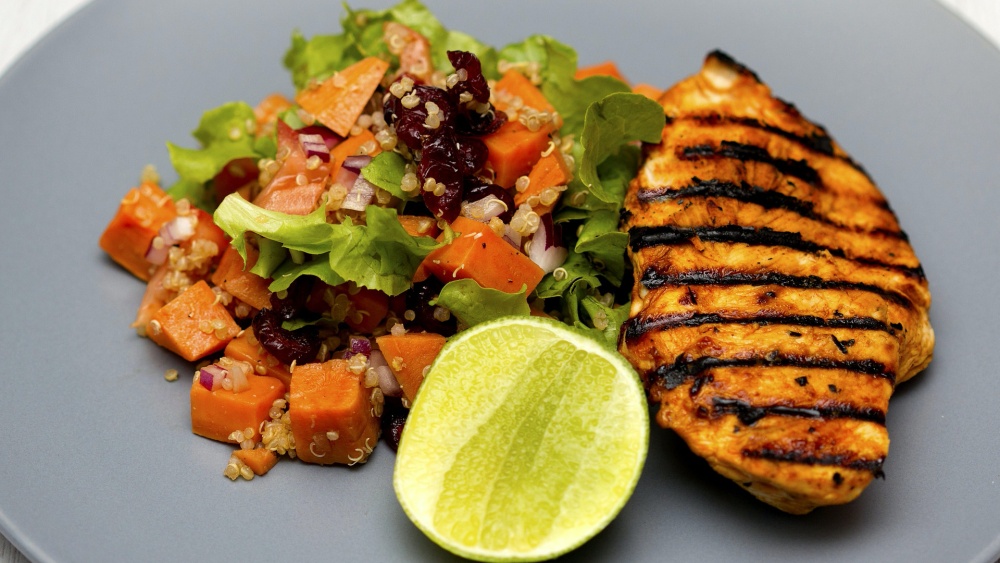
Lean meats like turkey, grilled chicken, and salmon are better options for your salad than low-nutritional, high-fat toppings like ham or bacon bits. Animal meats and fish are the richest sources of protein, so add about four to six ounces of meat to your salads to increase their nutritional value. The protein in these meats will keep you feeling full for long periods so adding meat to your salad helps to prevent you from overeating later in the day.
Salmon is one of the healthiest sources of fish protein, and it contains omega-6 acids that help with brain function, inflammation, and brain health.
| Ingredients per four ounces | Calories | Carbohydrates (g) | Protein (g) | Fat (g) |
| Baked/grilled chicken | 184 | 0 | 34.45 | 3.97 |
| Baked/grilled salmon | 161 | 0 | 34.45 | 7.19 |
| Baked/grilled tuna | 180 | 0 | 24 | 2 |
| Baked/grilled turkey breast | 118 | 4.77 | 19.36 | 1.88 |
7) Toppings
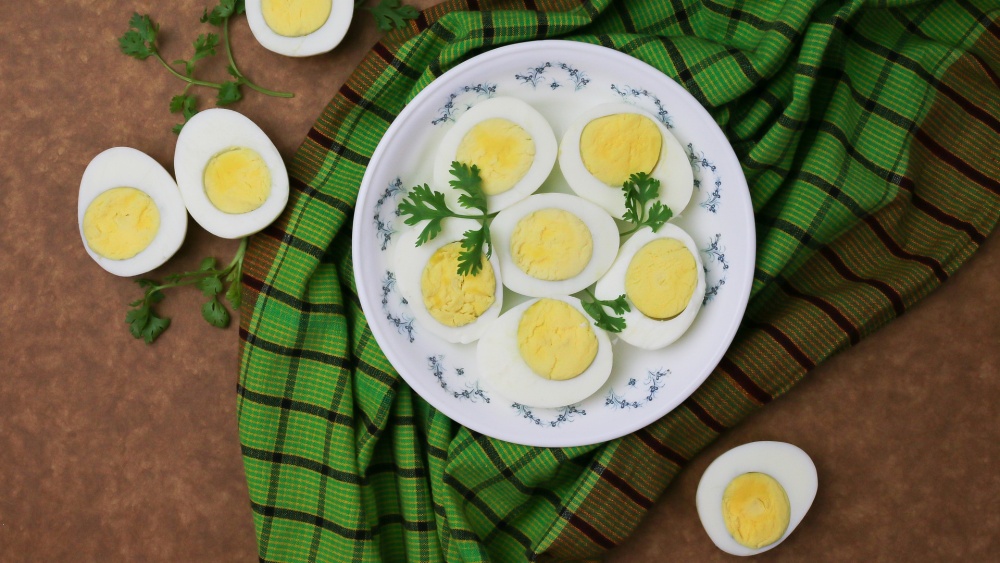
You can top up your salad with hard-boiled eggs and dairy products like shredded cheese. Stick to low-fat dairy products when using them as salad toppings. Hard-boiled eggs contain choline, which improves how muscles and nerves communicate with each other. Eggs and dairy products are also rich sources of protein, and athletes need all the protein they can get to help with muscle recovery.
| Ingredients | Calories | Carbohydrates (g) | Protein (g) | Fat (g) |
| Two hard-boiled eggs | 155 | 1.12 | 12.58 | 10.61 |
| Two tablespoons of shredded cheese | 42 | 0.34 | 3.79 | 2.73 |
| ½ cup of cottage cheese | 203 | 8.2 | 31.05 | 4.63 |
8) Dressings
Give your salad an extra burst of flavor by adding a vinaigrette dressing like herbal, Italian, or balsamic. Try not to use blue cheese or Caesar dressing, which typically contain lots of sugar, sodium, and fat.
About two tablespoonsful of light vinaigrette dressing get you 30 calories, 4 grams of carbs, and a gram of fat. It won’t significantly increase the calories in your salad while improving your meal’s flavor profile.
You may also like:
